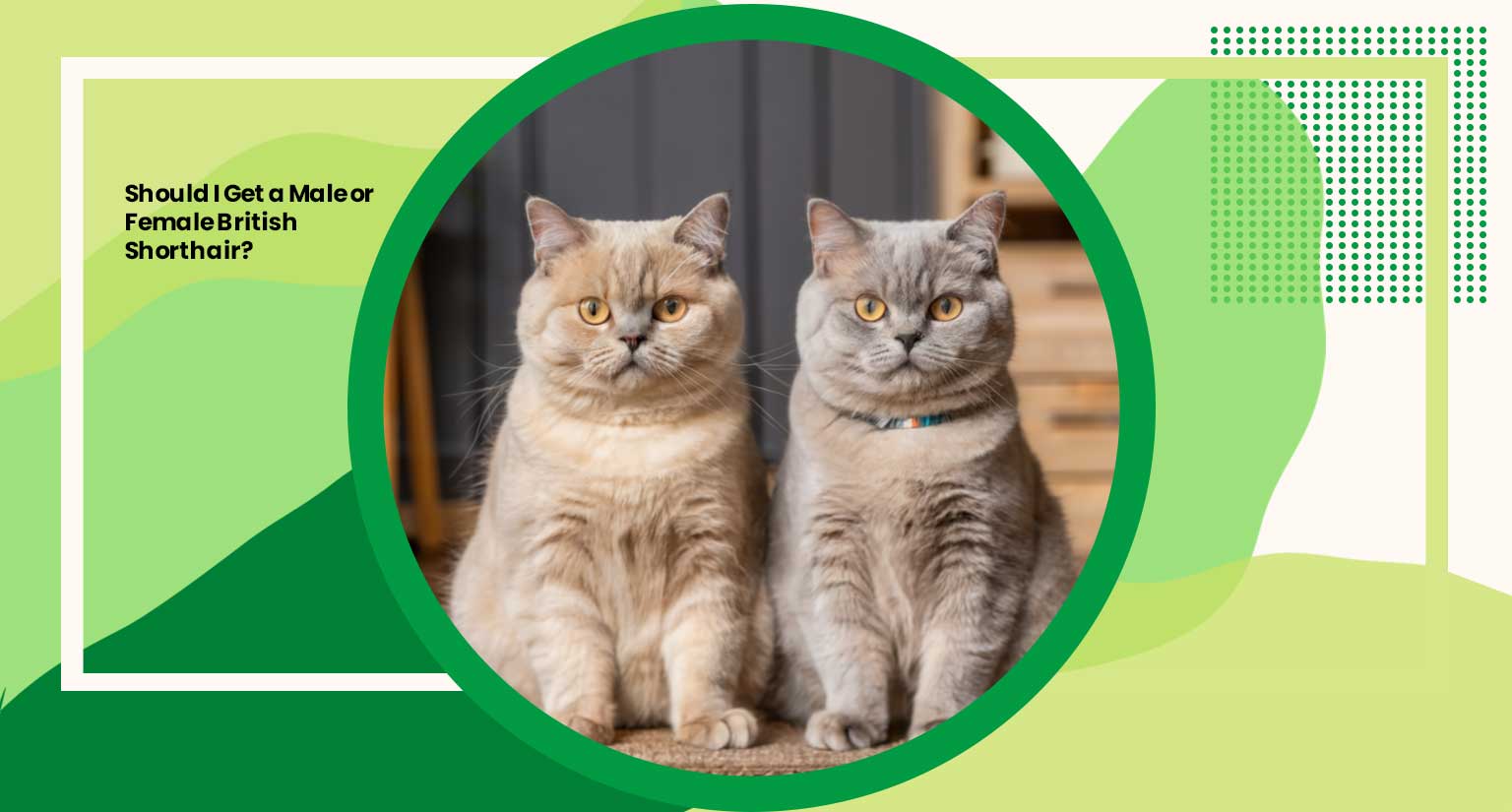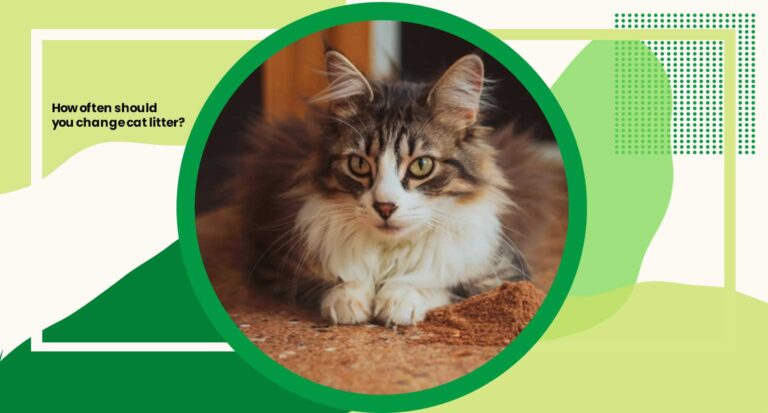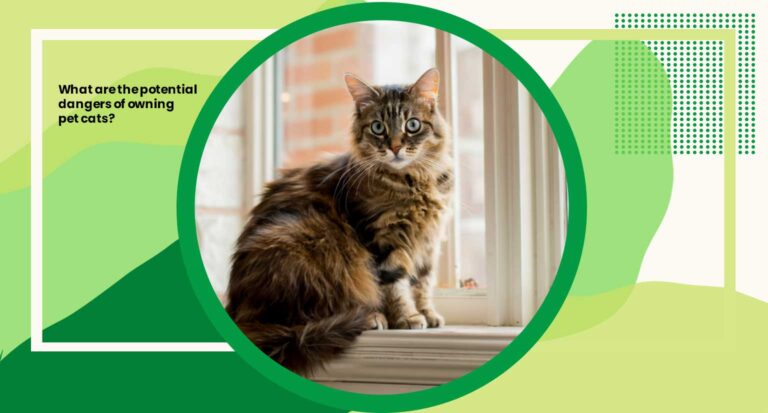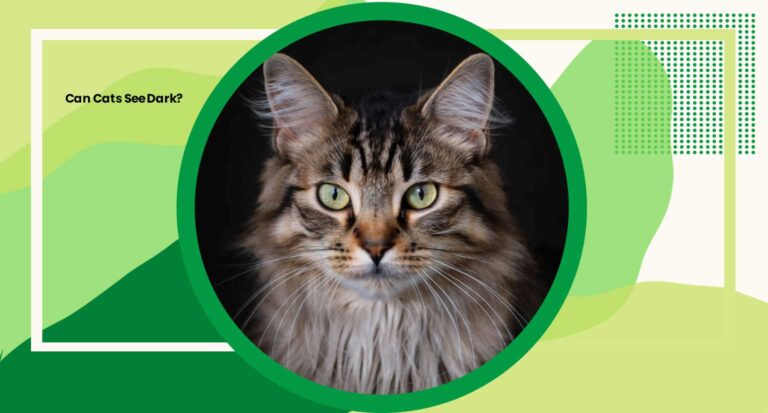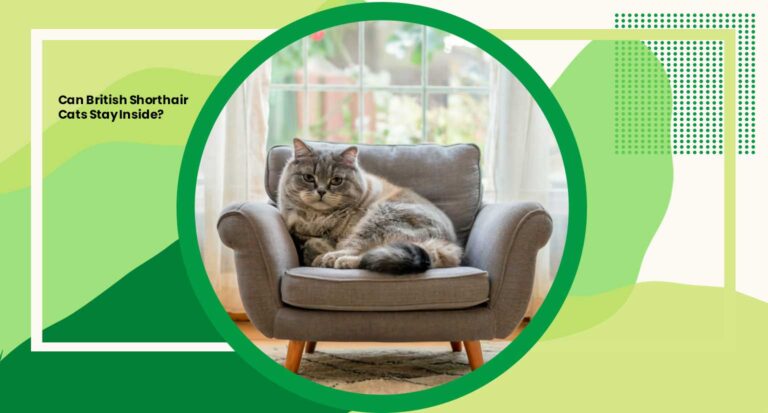Should I Get a Male or Female British Shorthair? 10 Pros and Cons
When it comes to bringing a British Shorthair into your home, one of the key decisions you’ll face is whether to opt for a male or female companion. This choice can have a significant impact on your pet ownership experience and the dynamics within your household.
Understanding the nuances between male and female British Shorthairs is essential in making the right decision for you and your family. Whether you’re seeking a playful and energetic addition or a calm and affectionate companion, discovering the ideal match begins with understanding the differences between male and female British Shorthairs. Should I Get a Male or Female British Shorthair?
10 Differences Between Female and Male British Shorthair Cats
Size and Weight
Male British Shorthairs tend to be larger and heavier than females, with males typically weighing between 9 to 17 pounds, while females usually range from 7 to 12 pounds. However, this can vary based on individual genetics and lifestyle factors.
Temperament
While both genders of British Shorthairs are known for their gentle and affectionate nature, males may exhibit more outgoing and playful behavior. Females, on the other hand, often display a quieter and more reserved demeanor, although individual personality traits can vary.
Socialization
Male British Shorthairs are often more sociable and enjoy interacting with a variety of people and animals. They may be more inclined to seek attention and engage in playful activities. Females, while still sociable, may be more selective in their interactions and prefer quieter environments.
Territorial Behavior
Male British Shorthairs may demonstrate more territorial instincts, especially if they have not been neutered. They may mark their territory by spraying urine or exhibiting dominance over other pets. Females tend to be less territorial but may still display some territorial behaviors.
Vocalization
Male British Shorthairs are often more vocal than females, especially when seeking attention or expressing their needs. They may be more likely to meow loudly or purr enthusiastically. Females typically have softer voices and may be quieter overall.
Independence
Female British Shorthairs are often perceived as more independent than males, showing a greater willingness to entertain themselves and explore their surroundings. Males may rely more on human companionship and seek attention and affection more frequently.
Grooming Habits
Both male and female British Shorthairs have similar grooming needs, but males may be slightly less meticulous in grooming themselves. However, regular grooming sessions are essential for both genders to maintain healthy coats and prevent matting.
Neutering/Spaying
Neutering male British Shorthairs can help reduce territorial behavior, aggression and the risk of certain health issues such as urinary tract infections. Spaying females not only prevents unwanted litters but also eliminates the risk of reproductive health problems such as uterine infections and mammary tumors.
Playfulness
Male British Shorthairs are often more playful and energetic, enjoying interactive toys and games that stimulate their minds and bodies. Females may also enjoy playtime but may prefer quieter activities or independent play.
Affection
Both male and female British Shorthairs are affectionate breeds that enjoy spending time with their human companions. While males may seek out physical affection more actively, females are equally loving and loyal, forming strong bonds with their owners.
Nutritional Needs of Male vs. Female British Shorthair Cats
Basic Nutritional Requirements
Male and female British Shorthair cats share similar basic nutritional needs. Both genders require a well balanced diet that provides essential nutrients such as protein, fats, carbohydrates, vitamins and minerals to support overall health and wellbeing.
Life Stage Considerations
The nutritional requirements of male and female British Shorthair cats may vary depending on factors such as age, weight, activity level and reproductive status. Kittens, pregnant or nursing females and senior cats may have specific dietary needs that differ from adult males.
Energy Levels
Male British Shorthairs tend to be more active and have higher energy levels compared to females. As a result, they may require a diet with slightly higher calorie content to support their energy needs. However, individual variations in activity level should also be taken into account.
Muscle Maintenance
Both male and female British Shorthairs have a sturdy and muscular build characteristic of the breed. A diet rich in high quality protein sources is essential for maintaining muscle mass and supporting healthy growth and development in both genders.
Weight Management
Obesity can be a concern for British Shorthair cats, regardless of gender. It’s essential to monitor food intake and ensure portion control to prevent overeating and weight gain. Adjusting the feeding regimen based on the individual cat’s metabolism and activity level can help manage weight effectively.
Spaying and Neutering
Spayed and neutered cats may have slightly different nutritional needs compared to intact cats. After surgery, the metabolic rate of male and female British Shorthairs may decrease, leading to a potential risk of weight gain. A balanced diet with controlled calorie intake can help prevent obesity in spayed and neutered cats.
Specialized Formulas
Some cat food brands offer specialized formulas tailored to specific needs, such as weight management, urinary tract health or hairball control. Depending on individual health concerns or dietary preferences, male and female British Shorthairs may benefit from these specialized diets.
Consultation with Veterinarian
For optimal nutritional guidance, it’s essential to consult with a veterinarian who can assess the individual needs of male and female British Shorthair cats based on factors such as age, health status and lifestyle. A veterinarian can recommend the most suitable diet and feeding regimen to ensure long term health and wellbeing.
Hydration
Proper hydration is crucial for maintaining urinary tract health and overall wellbeing in male and female British Shorthairs. Providing access to fresh, clean water at all times is essential to support proper hydration levels.
Regular Monitoring
Regardless of gender, regular monitoring of body condition, weight and overall health is essential for British Shorthair cats. Adjustments to the diet may be necessary over time to accommodate changes in activity level, metabolism or health status.
Which Is Better Male Vs. Female British Shorthair Cats?
Understanding Individual Needs
When it comes to determining whether a male or female British Shorthair cat is better suited to your lifestyle, there is no one size fits all answer. Both genders have unique traits and characteristics that may appeal to different individuals based on their preferences and circumstances.
Considerations for Male British Shorthairs
Affectionate Nature
Male British Shorthairs are often known for their affectionate and social personalities. They may enjoy spending time with their human companions and seek out attention and affection.
Playfulness
Males tend to be more playful and energetic compared to females. They may enjoy interactive games and toys that stimulate their minds and bodies.
Sociability
Male British Shorthairs are typically outgoing and sociable, enjoying interactions with both people and other pets. They may adapt well to multi pet households and thrive in environments with plenty of social stimulation.
Territorial Behavior
Unneutered male cats may exhibit territorial behaviors such as spraying urine to mark their territory. However, neutering can help reduce or eliminate these behaviors.
Considerations for Female British Shorthairs
Calmer Demeanor
Female British Shorthairs often have a quieter and more reserved demeanor compared to males. They may be less assertive and more independent in their behavior.
Lower Energy Levels
Females may be less active and require less stimulation compared to males. They may prefer quieter activities and enjoy spending time lounging or relaxing.
Independence
Female British Shorthairs are often perceived as more independent and self-sufficient compared to males. They may be content entertaining themselves and exploring their surroundings.
Reduced Risk of Territorial Behavior
Spaying female cats eliminates the risk of behaviors associated with heat cycles, such as yowling and restlessness. It also reduces the likelihood of territorial spraying.
Choosing the Right Fit
Ultimately, the decision between a male or female British Shorthair cat comes down to individual preferences, lifestyle and compatibility. Consider factors such as your activity level, household dynamics and expectations for pet ownership when making your decision.
Consultation with Breeders or Shelters
If you’re unsure which gender is the best fit for you, consider consulting with reputable breeders or visiting animal shelters to interact with male and female British Shorthair cats. Spending time with cats of both genders can help you gauge their personalities and determine which one aligns best with your needs and preferences.
Final Thoughts
Whether you choose a male or female British Shorthair cat, both genders have the potential to make wonderful companions and enrich your life with their unique personalities and characteristics. With proper care, love, and attention, your British Shorthair cat can become a cherished member of your family for years to come.

